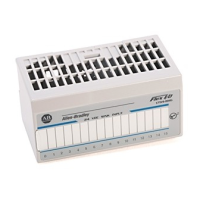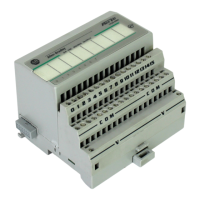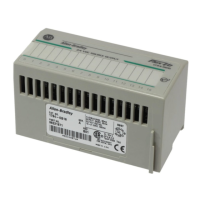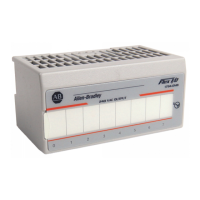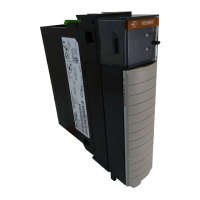1–2
Overview of FLEX I/O and your Analog Modules
Publication
17946.5.2 - May 1996
We describe the following FLEX I/O Analog modules in this user
manual:
Catalog Number Voltage Inputs Outputs Description
1794IE8 24V dc 8 - analog - 8 input, singleended, non-isolated
1794OE4 24V dc - 4 analog - 4 output, singleended, non-isolated
1794IE4XOE2 24V dc 4 2
analog - 4 input, singleended, non-isolated
and 2 output, singleended, nonisolated
FLEX I/O analog input, output and combination modules are block
transfer modules that interface analog signals with any
Allen-Bradley programmable controllers that have block transfer
capability. Block transfer programming moves input from the
module’s memory to a designated area in the processor data table,
and output data words from a designated area in the processor data
table to the module’s memory. Block transfer programming also
moves configuration words from the processor data table to module
memory.
The analog modules have selectable ranges as shown in the table
below:
Voltage Current
0 to 10V dc 0 to 20mA
+/-10V dc 4 to 20mA
The adapter/power supply transfers data to the module (block
transfer write) and from the module (block transfer read) using BTW
and BTR instructions in your ladder diagram program. These
instructions let the adapter obtain input values and status from the
module, and let you send output values and establish the module’s
mode of operation. Figure 1.1 describes the communication process.
Types of FLEX I/O Modules
How FLEX I/O Analog
Modules Communicate
with Programmable
Controllers
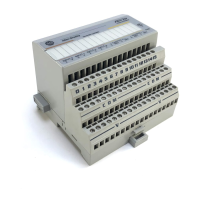
